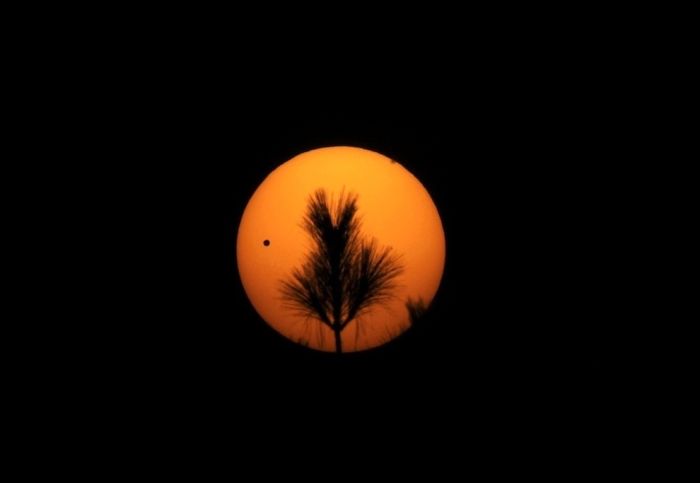|
|
Transit Of Venus Across The Sun
|
Ancient Indian, Greek, Egyptian, Babylonian, Mayan, and Chinese observers knew of Venus and recorded the planet's motions. The early Greek astronomers called Venus by two names—Hesperus the evening star and Phosphorus the morning star. Pythagoras is credited with realizing they were the same planet. There is no evidence that any of these cultures knew of the transits. Venus was important to ancient American civilizations, in particular for the Maya, who called it Noh Ek, "the Great Star" or Xux Ek, "the Wasp Star"; they embodied Venus in the form of the god Kukulkán (also known as or related to Gukumatz and Quetzalcoatl in other parts of Mexico). In the Dresden Codex, the Maya charted Venus' full cycle, but despite their precise knowledge of its course, there is no mention of a transit.
Modern observations
Aside from its rarity, the original scientific interest in observing a transit of Venus was that it could be used to determine the distance from the Earth to the Sun, and from this the size of the Solar System, by employing the parallax method and Kepler's third law. The technique involved making precise observations of the different durations of the transit when viewed from widely separated points on the Earth's surface. The distance between the points on the Earth was then used as a baseline to calculate the distance to Venus and the Sun via triangulation.
|
|









